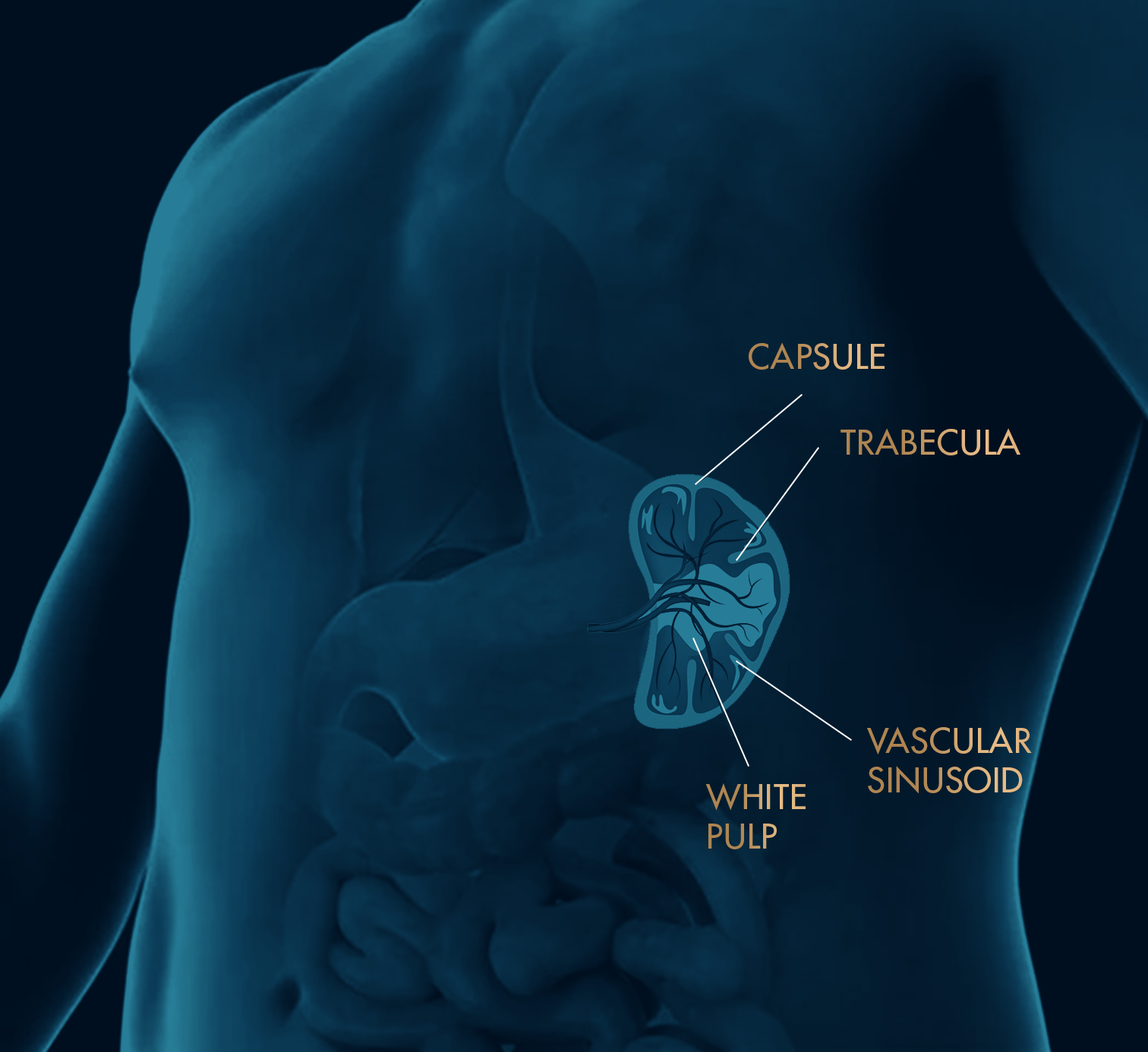
Its functions include filtering out and destroying old, damaged blood cells, preventing infection by producing white blood cells and antibodies, as well as storing red blood cells and platelets, which help your blood clot.
An enlarged spleen can affect each of these functions. When it's enlarged, your spleen may not function as usual.
Many conditions — including infections, liver disease and some cancers — can cause an enlarged spleen. An enlarged spleen is also known as splenomegaly.



